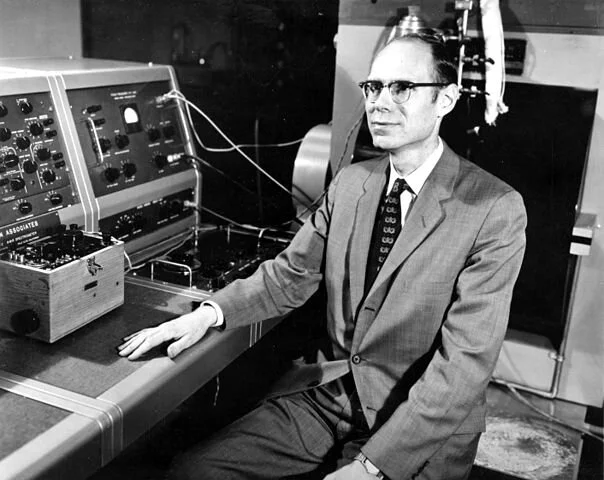Machine Learning: Google Translate’s Odd Outputs
If you’re like most of our Tech Square ATL (TSQATL) Social Club members, one of your motivations to learn a new language may come from your drive to keep up with our globally connected world (or maybe, #Quarantine2020). Regardless, it takes time to master a new language. So how do you go about translating a phrase you come across that you’re unsure about? If you already have your phone in your hand, you might type in Google Translate in your search bar with a flick of your wrist.
But then comes a common quizzical experience: once you type in the foreign phrase, Google Translate spits out an approximation far from what you intended to say.
Why is Google Translate so inaccurate? Sure, artificial intelligence (AI) has developed to become much better at translation since the first memorandum written in 1949 by Warren Weaver. But it still can’t exactly distinguish a language’s different grammar, syntax, semantics, and so on. It’s especially hard for AI to pick up on cultural connotations. How do you teach AI to truly capture the essence of colloquial speech?
In the context of Google Translate, this language software launched in 2006 using statistical machine translation (SMT). This means that it was designed to rapidly process words as they are — without evoking what the words could stand for, without imagination, and without truly understanding metaphors woven in. Google then launched the Google Neural Machine Translation (GNMT) engine in 2016. Then there’s DeepL, a neural machine translation service (NMT) that is more powerful than Google Translate because of its ability to translate semantic information. In addition to learning from ongoing user entries, DeepL uses convolutional neural networks (CNNs) trained with the Linguee dictionary database.
Though language translation technologies are undeniably useful and easily accessible (thankfully), what’s available is still very far from replacing human translation. It does however, get better with human input. Though Google Translate isn’t as accurate as we expect it to be, the software supports over 100 languages. Via their iOS and Android app, Google Translate can propose translations for:
37 languages via photo upload
32 via voice in conversation mode
27 via live video imagery in Augmented Reality (AR) mode
On the subject of languages, be sure to stop by Technology Enterprise Park (TEP) on Wednesday, October 7 for a Coffee Talk around the many different languages spoken by our members in the community.
DID YOU KNOW?
The U.S. government stopped funding research for machine-learning translations for two decades, thanks to John Pierce’s 1969 ALPAC report, which stated that machine translation was hopelessly impossible.
Charles Wayne, who was then the Program Manager at Defense Advanced Research Projects Agency (DARPA), restarted funding for machine learning translations research in the mid-1980s.
What language learning tools do you use? Better yet, what languages do you speak, or are trying to learn? Let us know in the comments below.

